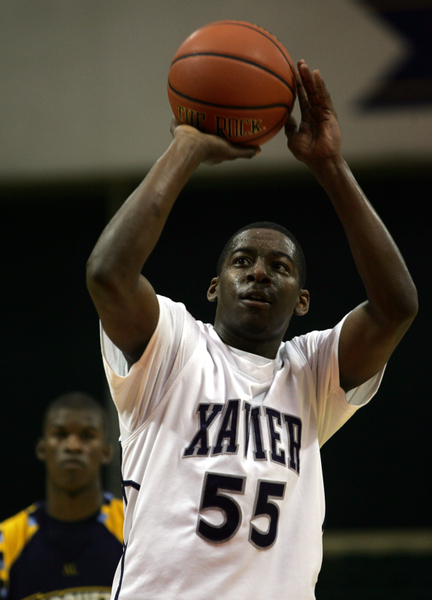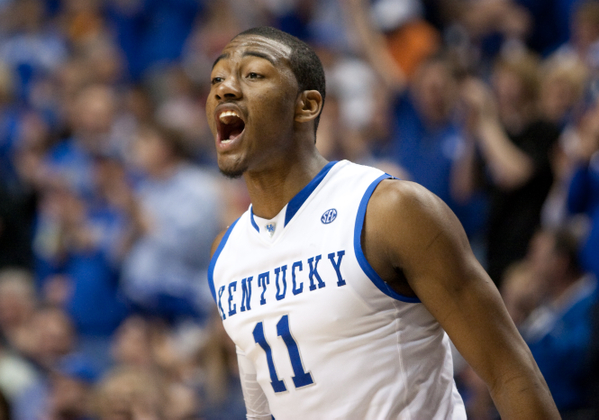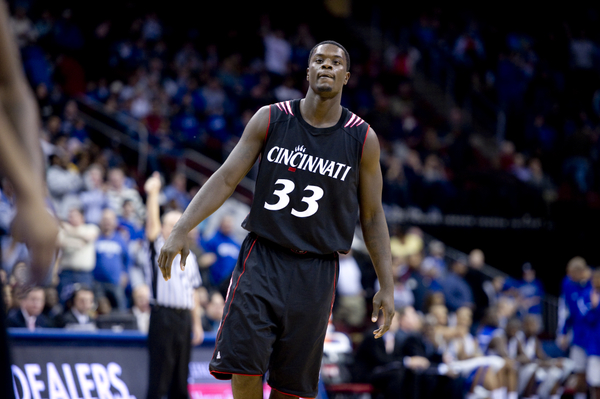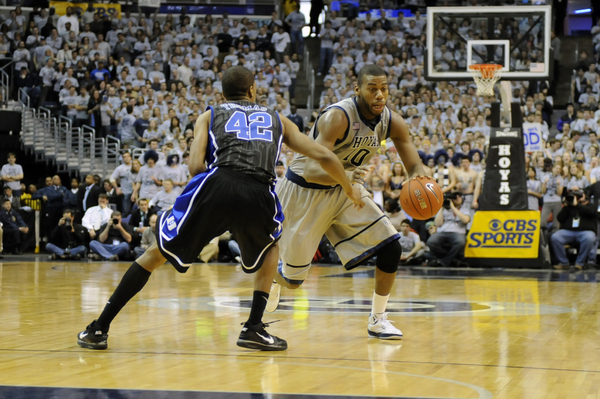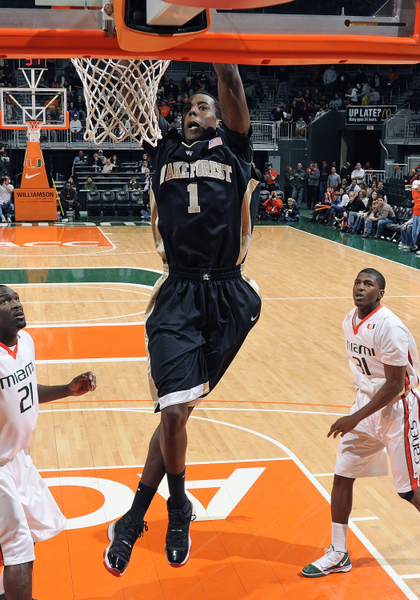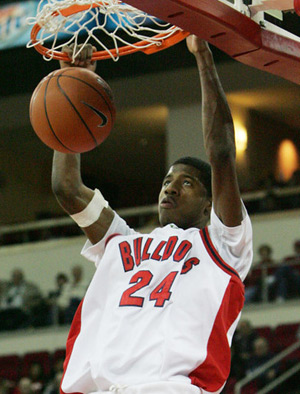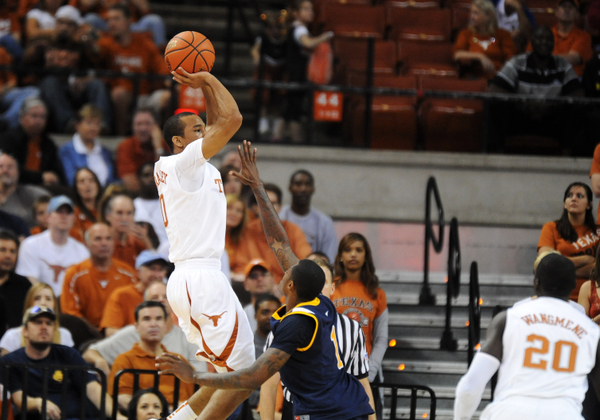RTC NBA Draft Profiles: Quincy Pondexter
Posted by rtmsf on June 18th, 2010Over the course of the next month until the NBA Draft on June 24, RTC will be rolling out comprehensive profiles of the 30-35 collegians we feel have the best chance to hear their names called by David Stern in the first round that night. There won’t be any particular order to the list, but you can scroll back through all the finished profiles by clicking here.
Player Name: Quincy Pondexter
School: Washington
Height/Weight: 6’7, 215
NBA Position: Small Forward
Projected Draft Range: Late first round/Early second round
Overview: Washington’s Quincy Pondexter had a superb senior year apart from much of the national conversation due to the weakness of the Pac-10 and the fact that UW was written off very early — the Huskies in fact needed to win the Pac-10 Tournament just to make the NCAAs. To their (and mostly Pondexter’s) credit, Washington was playing some of its best ball of the season during late February and March, ultimately winning nine of ten games to push through to the Sweet Sixteen before losing to Final Four squad West Virginia. Pondexter was outstanding all season, though, as he waited for his teammates to jump aboard the express with him. The undersized power forward went for 19.3 PPG, 7.3 RPG and 1.7 SPG while shooting a very high percentage and consistently getting to the line and converting opportunities. Late in the season he was a lock as a go-to man in the clutch, most notably against a tough Marquette squad in the first round of the NCAA Tournament when he broke down his defender and got to the rim to give his team the lead with 1.7 seconds left. Pondexter’s ability to create shots in the mid-post area and finish with authority makes him an interesting prospect as a small forward backup at the next level. He will have to continue to improve the range on his jump shot, but the mechanics and intelligence are already there, so this shouldn’t be a big problem moving forward. Whoever picks up QP will likely be pleased with how he turns out in the next several years.
Will Translate to the NBA: Pondexter’s work ethic and arc of improvement along with his athletic tools should translate very well to the small forward position in the NBA. He put in four seasons of steadily improving work at Washington, adding more facets to his game each year and there’s no reason to expect that he has reached his peak as he only recently turned 22 years old. In terms of athleticism and the ability to finish in traffic, Pondexter will do very well at the next level. He was always a very efficient scorer, but it really came together for him last season when he shot a remarkable 53% from the field and 83% from the line. As an NBA coach, you won’t need to worry about QP jacking up crazy shots outside the offense or his available skill set.
Needs Work: The 6’7 forward will have to become accustomed to playing more of a perimeter role in the NBA, which means his jump shot must become more reliable. In college he was asked to use his athletic gifts to attack the rim, and although he was a solid three-point shooter at 35%, he knew that wasn’t his preferred shot and limited his attempts from deep (51 all season). Mastery of the 18-22 footer in the NBA is absolutely essential to his playing time, because he will never be a primary option in the offense but will need to be ready for the kickouts and ball reversals that will come his way.
Comparison Players: The best comparison we could come up with would be Travis Outlaw in the sense that Pondexter’s probably looking at carving out a niche as a career backup who can come into the game and provide minutes at the small forward position. Though not in bunches, he has the ability to score and with his length and smarts, he could potentially also become an excellent defender at the next level.































